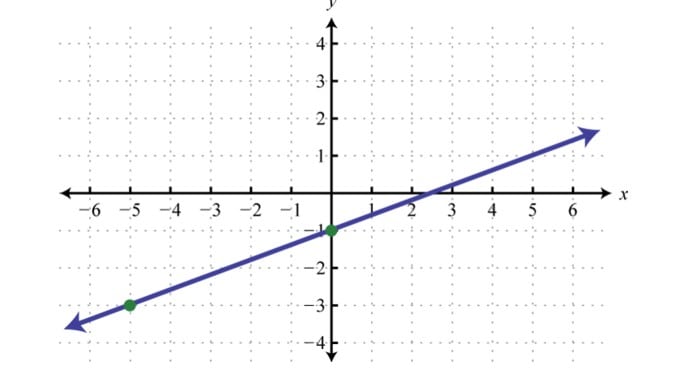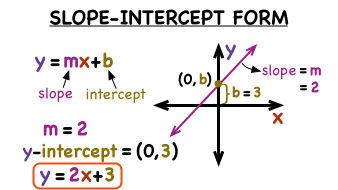If you’ve previously learned how to solve linear equations, you’re ready to move onto solving linear functions. They’re very similar, and the process also uses easy steps, so if you’re solving linear equations in your sleep, functions will be a breeze!
Step 1: Determine that you are, in fact, looking at a linear function.
In case you didn’t already know, a linear function will always begin with f(x) =, followed by the rest of the equation. It’s easy enough to remember, since the f stands for function. A linear function often closely follows the slope intercept formula you learned earlier in Algebra, which is y = mx + b.
Step 2: Substitute variables for values as instructed.
When you’re first introduced to linear functions, you’ll most likely be given a value to substitute for your variable. Other functions will ask you to find the equation of a line, and then solve the corresponding function. In either case, substitute the values you’re given to solve for your variable.
Step 3: Solve for your variable and check your work.
Solve the function just like you would a linear equation; isolate your variable, do everything you did to one side of the equation to the other, and simplify your terms to their smallest values. You can check your work by solving the function with that value you’ve gotten. Just like with a linear equation, your function should look exactly how you found it if you’ve solved it correctly.
If this process isn’t as easy as you thought it would be, take a step back and refresh your memory with some equations homework help. It’s totally okay if you need more practice. Once you’ve mastered linear equations, solving linear functions will be the easiest thing you’ve ever done!

